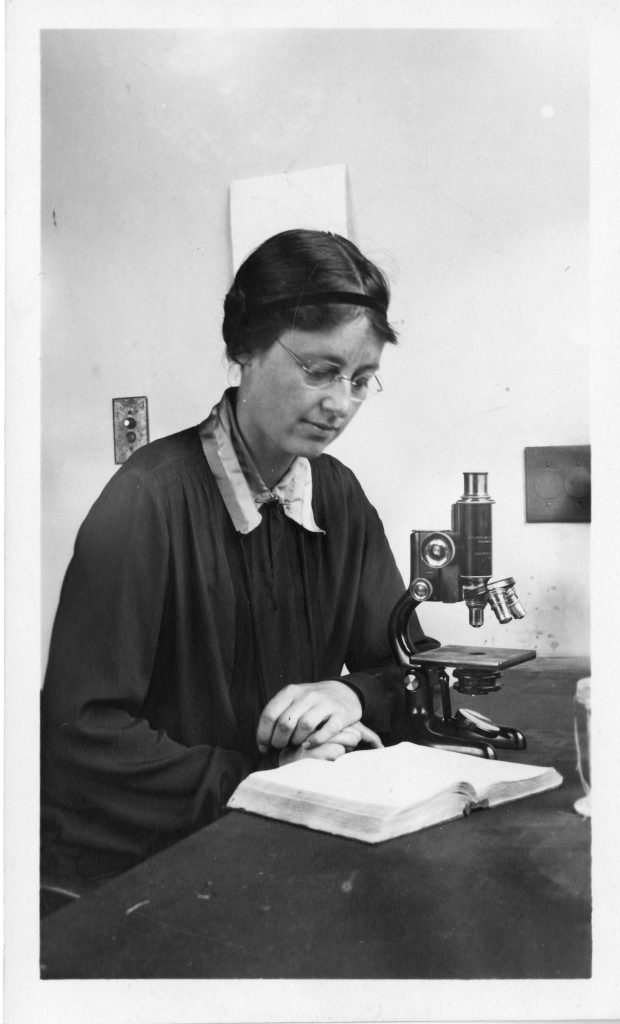It’s a common healthy lunch option now, and there are several sushi outlets within walking distance of the museum, but did you know that without the actions of a British scientist that might have become impossible?
To make sushi, a special kind of seaweed is needed, called nori. However, growing and harvesting nori is difficult and unpredictable, as it can be easily damaged by typhoons or pollution. This meant that after the Second World War the Japanese nori industry went into decline, as it was too unreliable for a country that needed to rebuild following the war. However, that was all due to change thanks to the work of an extraordinary woman from Leigh, called Kathleen Drew-Baker.

Smithsonian Institution @ Flickr Commons
Erin Beeston, Associate Curator at the Museum of Science and Industry, chose Kathleen as her Heritage Hero for a film series produced by the University of Manchester a few years ago.
Explaining what was so special about Kathleen and her work, Erin said:
“Her research into red seaweed found off the coast of Wales—the kind you might find in lava bread—was published in the international journal Nature in 1949. The importance of her research was recognised by a Japanese botanist who understood that it could have wider implications for the wider cultivation of edible seaweed in Japan.
“Such was the extraordinary impact of Kathleen’s research in Japan she became known as the Mother of the Sea, and Japanese nori farmers have an annual festival on 14 April they call Drew Day, which they celebrate at a memorial to Kathleen that was erected in 1963.
“I find Kathleen’s story really inspirational. She was passionate about research and continued to work even after her marriage in 1923. This was a time when at educational institutions, once you were married you were no longer allowed to be paid to work, but this didn’t stop her, she carried on studying at home and at the university and that’s when she went on to find her most significant findings.
“Her absolute dedication to her subject and her research meant that in spite of difficulties she found out things about the life cycle of seaweed that had implications on the other side of the world.”
Two of the microscopes that Kathleen used in her research can be found in our online collection. One is from circa 1920, while the other is more modern, dating from around 1950. So on Saturday, why not mark Drew Day by treating yourself to some sushi in honour of Kathleen Drew-Baker, the Mother of the Sea?
Did you enjoy this blog? Why not check out some more of the posts in our women in STEM collection?
Wow, inspirational. Crazy to think that this interesting cuisine was actual helped by a women from Manchester